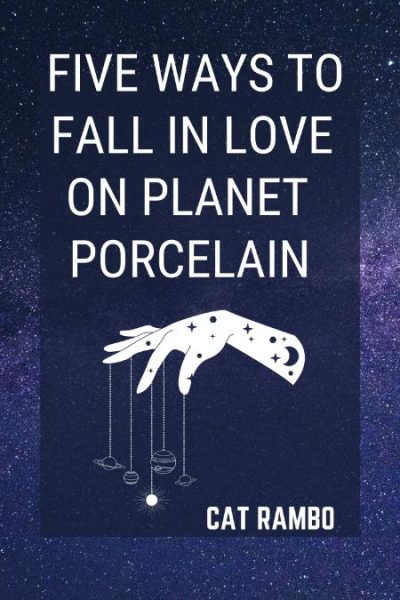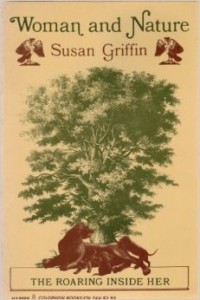
What: Cold Comfort Farm by Stella Gibbons was published in 1932. It’s a send-up of all the books of the time romanticizing the rural life. It references many of the popular novels of its time, adding a layer of appreciation if you’re familiar with that work, but it isn’t necessary to know that much order to enjoy it.
Who: People who enjoy English humor at its subtlest will particularly enjoy Cold Comfort Farm, as will those familiar with the literature of the time. And, if you are a woman who has ever been hit on by a particular type of academic male, you will recognize Mr. Mybug and glory in the very very accurate portrayal of a man soaked in nature’s fecund blessing.
Why: If you’re considering writing humor, this is an excellent book to take a look at for its myriad of different strategies, including a very accurate send-up of the ways dialect are often portrayed. At the same time, it remains an interesting and engaging story.
When: Read this when you want a little humor and charm. Read it when you have been too long among the self-important, and need to see them skewered a little.
Where and how: Don’t read it in the woodshed; there’s something nasty in there.
#sfwapro









4 Responses
Yay Cold Comfort Farm!
…But I loved the movie as well as the book.
…One thing I haven’t seen people talk about is the ways in which the story echoes _Emma_. Some day I’ll write a blog entry about that.
I’d love to read that!
I love this book! I thoroughly enjoyed the writer’s commentary threaded through the text. It was also a great story and when they made it a movie, they did a good job. Thanks for the reminder!